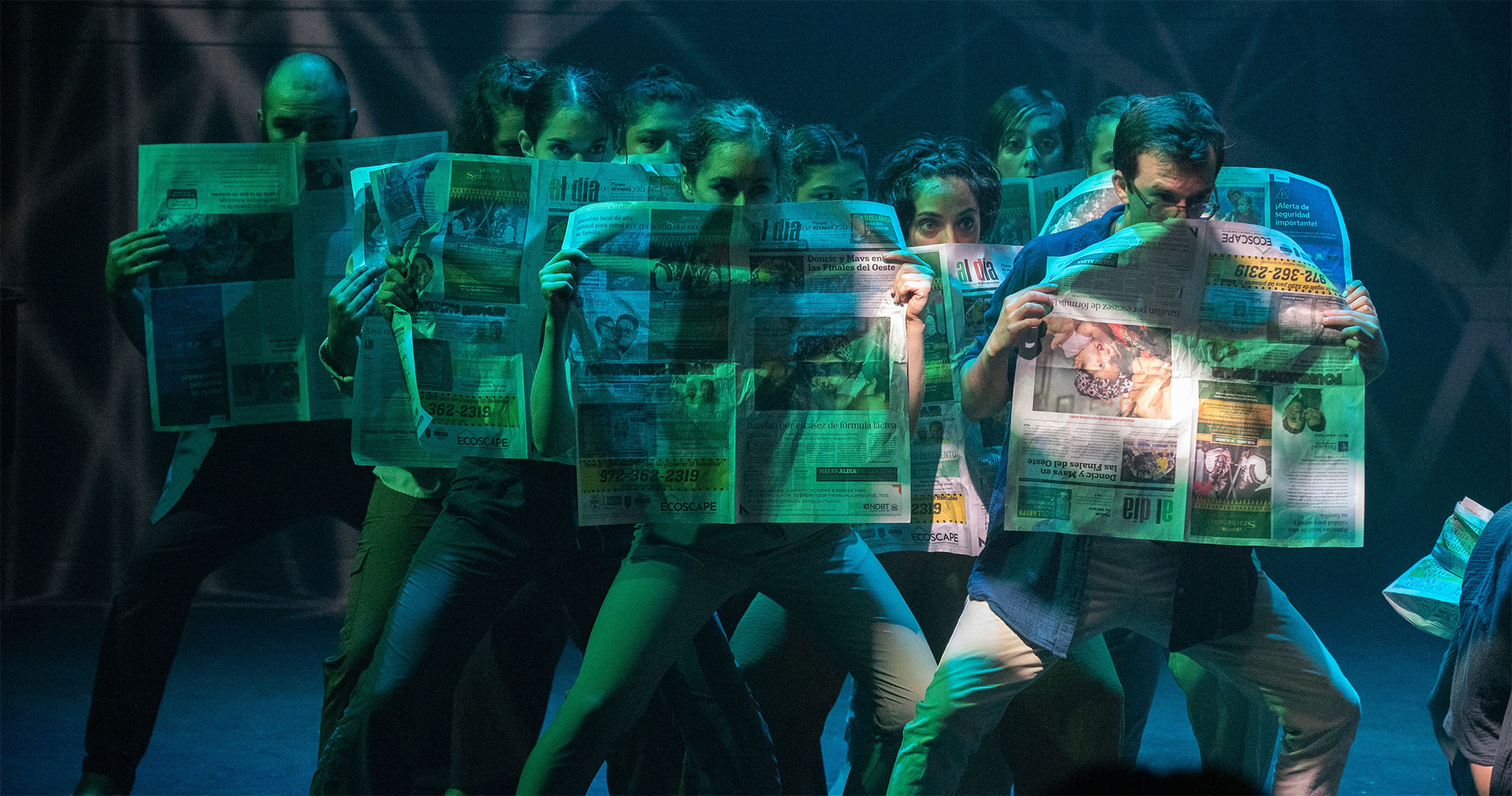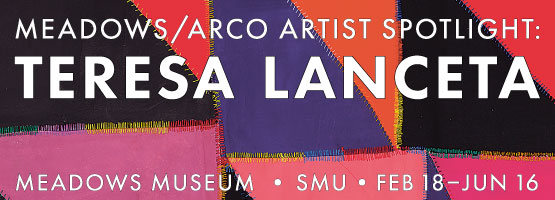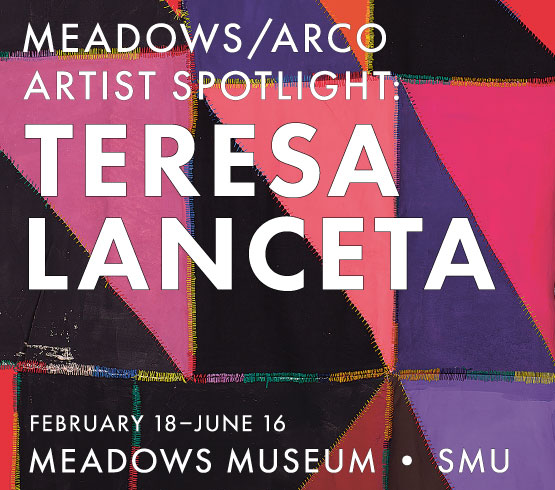Of the 2.6 million people who currently call Dallas home, a little over 40% identify as Hispanic or Latino, according to the 2020 U.S. Census. In 1980, two years after Teatro Dallas was founded by Cora Cardona and Jeff Hurst, only 9.9% of Dallas’s 904,078 residents ticked the newly added box for “Hispanic.”
Indeed, Teatro Dallas defines itself as a cultural institution that focuses on “international theater and the Latinx experience as lenses through which to experience the human condition. We stage productions for adults and children from both classical and contemporary Latino, U.S., and international playwrights.”
But when Cora first began working in Dallas, she was “shocked that she came here with such training and was treated the way she was,” Cardona says. “She was trained in Moliere and Shakespeare and all the European greats, but it didn’t seem to matter. She’d get cast as a maid on Dallas.”
Currently, Cara Mía Theatre and Teatro Dallas are the only two theater companies in Dallas that emphasize telling Latinx stories. In the early 1990s, Lozano says, almost every Latinx actor worked at Teatro Dallas, and similarly with Cara Mía once it was founded in 1996. But seeing Latinx-written plays being produced elsewhere was rare, and if they were, “they weren’t being done with the very clear initiative to be more equitable in programming and casting,” he continues.
Lozano recalls that even Dallas Theater Center, the largest and most well-funded professional theater in town, was skipping over these stories. “[Former artistic director] Richard Hamburger would produce something Latinx for the Little D Theater Festival, but nothing ever made it to the mainstage,” Lozano says. “For a good 10-15 years, there wasn’t a Latino play onstage until Oedipus el Rey in 2014.”
Cardona notes that while Theatre Three artistic director Jac Alder was receptive to Cora’s international approach and that they formed an early friendship, “even though Alder was a progressive guy, he also had to respond to his audiences. That was disappointing because, to Cora, the point of theater was to tell other stories.”

1 ⁄6
Teatro Dallas 2022 workshop with a group of Dallas performers and artists for: Alquimia! A workshop for transformation with guest directors and artists from Barcelona Los Escultores del Aire. Photo by Ben Torres.
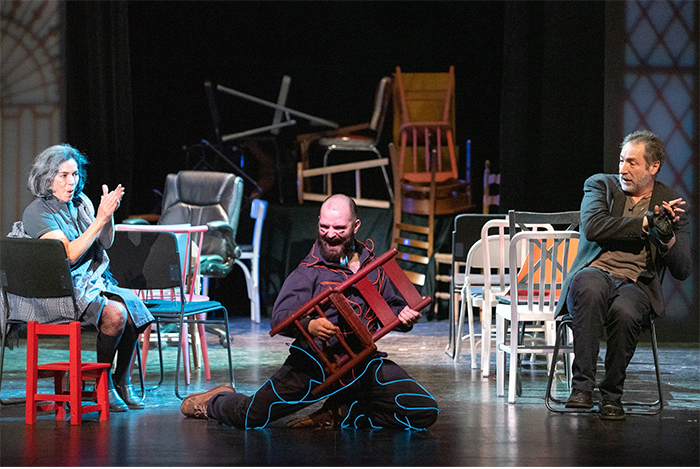
2 ⁄6
The cast of the Teatro Dallas production of Las Sillas (The Chairs) by Eugene Ioenesco, starring Cora Cardona, Jeff Colangelo, and Rodrigo Mendoza, directed by Eduardo Ruiz Savignon, presented by Teatro Gótico from Mexico City for the 20th International Theater Festival. Photo by Ben Torres.
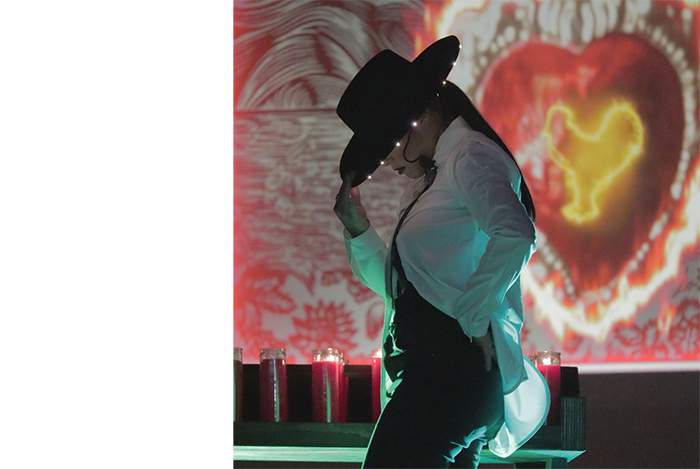
3⁄ 6
Elena Hurst in the Teatro Dallas production of A Grave Is Given Supper by Mike Soto, Directed by Claudia Acosta presented on the plaza of the Latino Cultural Center during the apex of the pandemic. Photo by Josh Porter.
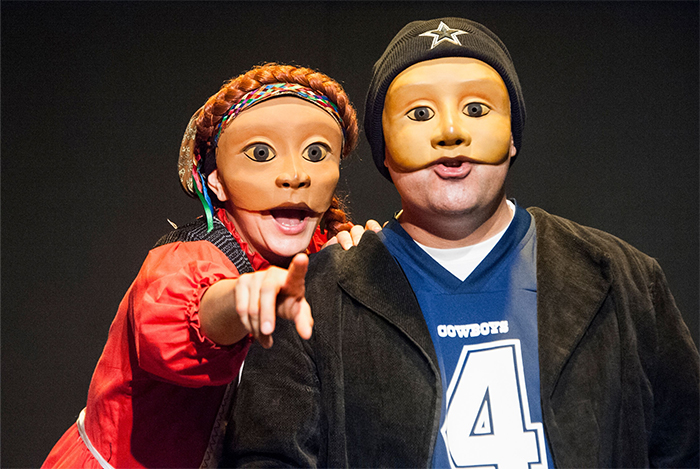
4 ⁄6
Frida Espinosa-Müller as Tina and David Lozano as Mike in Tina's Journey by Berta Hiriart and directed by Alicia Martínez Álvarez, an international collaboration with the Laboratorio de la Máscara from Mexico City. Photo by Linda Blase.
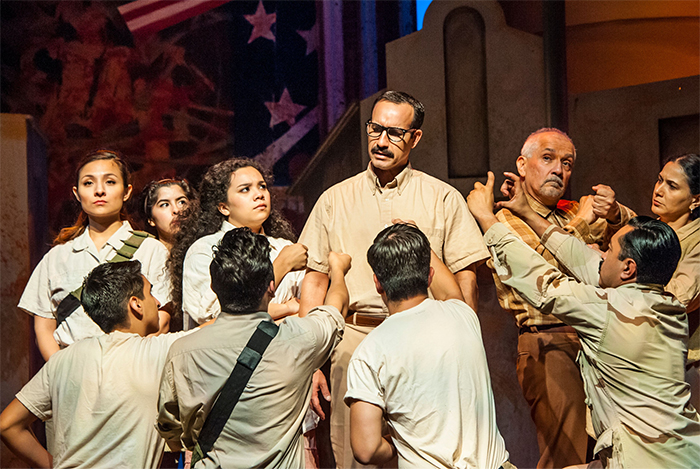
5 ⁄6
Eddie Zartuche as José Angel Gutiérrez and cast in Crystal City 1969 by David Lozano and Raul Treviño and directed by David Lozano. Photo by Linda Blase.

6 ⁄6
Florinda Bryant in Your Healing is Killing Me by Cara Mía Theatre's Playwright-in-Residence Virginia Grise and directed by Kendra Ware. Photo by Ben Torres.
“The Latino Cultural Center has always been the hub for the Latinx arts community here. We made it a point from when the building first opened in 2013 that we were going to make it our home,” Lozano says. “But the Dallas Office of Arts & Culture was always trying to reduce our access to the theater, and that made it hard for our company to implement our business plan and achieve our goals. We felt we had no choice but to speak up to elected officials, and the best way to do that was to publicly ask for residency.”
What both companies have given back to the city of Dallas is immeasurable, not just onstage but also through education and community programs. Cara Mía’s touring productions and Teatro Dallas’ International Performance Festival further expand their reach. “When cities support artists at a more fundamental level, with performance space, housing, a true place to ground yourself—that is huge,” says Cardona. “It’s the difference between existing and not existing.”
—LINDSEY WILSON

